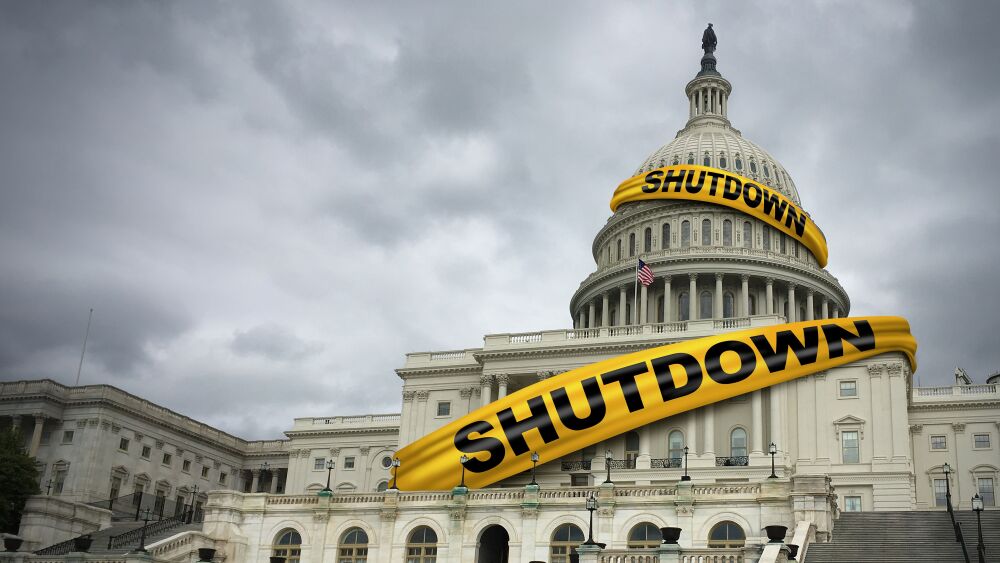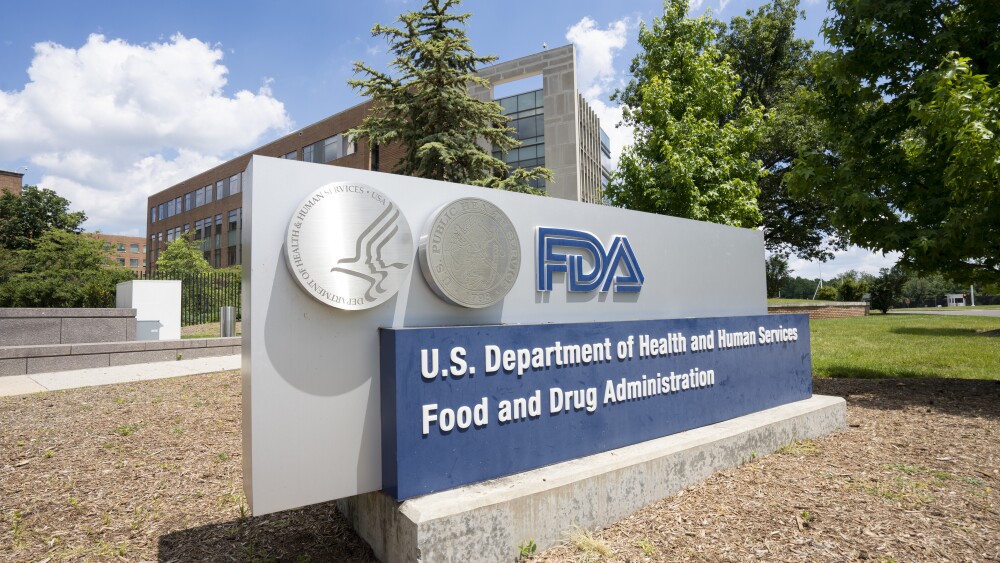While the FDA continues to put out guidance documents and approve drugs, some companies are already reporting delays in dealings with the agency, while insiders warn of falling morale and a negative perception from the rest of the biopharma world.
The shutdown of the federal government has reached 28 days with no end in sight. But despite a lack of funds flowing to regulators, the lights appear to still be on at the FDA allowing the pharmaceutical industry to chug along—at least for now.
“This is slowing down the ability of biotechs to get answers from the government,” John Stanford, executive director of Incubate, a coalition of life sciences investors, told BioSpace, speaking from his car on the way to Capitol Hill to talk with lawmakers.
“This is a different kind of shutdown” in comparison to previous impasses, Stanford said. “The administration is keeping the lights on where it’s politically expedient.” Other experts who spoke with BioSpace noted that the Trump administration has continuously found sources of funding to keep programs it prioritizes afloat, regardless of the potential legality of spending money that Congress has not specifically appropriated.
A Different Kind of Shutdown
While the shutdown’s length—four weeks and counting—does not broadly affect the bottom line of companies whose timelines are measured in years or decades, there have already been impacts for biopharma, Stanford said.
Top of mind for him is the Small Business Innovation Research (SBIR) program, a U.S. government initiative to fund research and development-oriented start-ups, which lapsed on Oct. 1. SBIR disburses upwards of $4 billion in grants and awards each year, Stanford said, often calling for applications in specific therapeutic areas. Past notable recipients have been companies like Takeda and Alkermes.
Concerns are beginning to be raised as the shutdown lingers. Brian Lian, CEO of Viking Therapeutics, said during a third quarter earnings call earlier in October that although “lines of communication have remained surprisingly open” at the FDA during the shutdown, potential delays are coming up as the company nears an end of Phase II meeting for VK2735. The therapy is a GLP-1/GIP dual agonist for treating obesity that Lian hopes to bring to discuss with the FDA by the end of the year.
One of the largest sources of funding for the FDA comes from industry user fees, which sponsors pay when submitting product applications for review. The user fee program was instituted in 1992 and made up as $3.3 billion of the FDA’s $6.9 billionbudget for 2025. With the federal government shut down, the FDA isn’t accepting new applications and therefore is not collecting user fees.
Nevertheless, the FDA appears to still be functioning. Since the government shut down on Oct. 1, the agency has issued multiple guidances on cell and gene therapies and how companies can avoid incomplete applications and refusal-to-file (RTF) letters, and announced the first recipients of the new commissioner’s priority review vouchers.
“I was surprised that they put those RTF guidances out,” Dan Troy, managing director at Berkeley Research Group, former general counsel at GSK and former chief counsel at the FDA, told BioSpace. “I thought, yes, they would continue inspections, continue product approvals; I wouldn’t have thought they would have put out guidances. That showed me how much business as usual it really is at FDA. I was really pleasantly surprised by them.”
This functionality is due in part to leftover funds from 2025 user fees being used to pay some employees, according to Daniel Aaron, associate professor of law at the University of Utah and former assistant chief counsel at the FDA.
“Agencies are essentially prevented from getting money from outside of the appropriations process,” Aaron said, but he estimated that due to carry-over funds from previously collected user fees, the FDA could function without new income for about four to eight weeks.
About 20% of FDA staffers, Aaron added, can continue to work without payment due to the Antideficiency Act, which says that “agencies can spend in order to address imminent threats to health.” This means that agencies can “spend” staffers’ time and energy without paying them, though they are entitled to backpay, Aaron explained. President Trump has been threatening, however, to withhold backpay to any staffers furloughed or working without pay across the government.
Some parts of the FDA—like the Center for Tobacco Products—are entirely funded by user fees and are more at risk of imminent shut down when those funds run out. Other areas, like the Center for Biologics Evaluation and Research and Center for Drug Evaluation and Research, which deal with new therapeutics, are only partially funded by user fees, and so could theoretically continue working even if the money from user fees runs out, according to Aaron. He estimated that about 85% of the agency is currently operating, which he characterized as “kind of a miracle.”
People and Perception
Even the temporary funding of carryover user fees won’t last forever, Aaron pointed out, and FDA staffers are already demoralized from multiple reductions-in-force and mass layoffs. Workloads on individual staffers will increase as layoffs spread work around.
“The FDA really relies on staff that believe in the mission and who are experiencing high morale,” Aaron said.
The shutdown is also having a broader effect on the perception of the U.S. and its health industry more generally, Stanford added.
With the closing of regional U.S. patent offices, the lapsing of the SBIR program, or looking at “any measure on the Democratic or Republican side of the aisle, we are putting up a blinking light saying ‘maybe we don’t want to be the home of the innovative biopharma environment.’”






